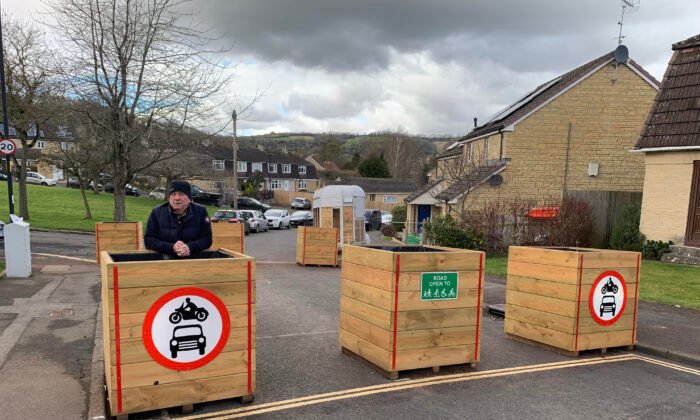Government Requires Councils to Prioritize Resident Support Over Long-Term National Strategies (LTNS)
The Department for Transport has released draft statutory guidance for councils regarding Low Traffic Neighbourhoods. Councils must now assess residents’ support for the implementation of a Low Traffic Neighbourhood (LTN) in their area before introducing any schemes, according to the Department for Transport (DfT).
LTNs involve reducing vehicle numbers by deterring traffic from using certain streets as through roads. This is typically achieved using temporary or permanent barriers to prevent traffic flow along specific routes.
The DfT has published draft statutory guidance for councils on LTNs, which will take effect this summer. The guidance stipulates that local authorities must seek approval from local residents, businesses, and emergency services before implementing new schemes.
This action follows a review that highlighted various concerns about LTNs, including potential risks to life due to emergency service delays, effects on disabled residents, and a high number of Penalty Charge Notices associated with the schemes.
If councils fail to deliver road schemes that meet the needs of local residents, future funding could be withdrawn, and the Government may take control of a council’s roads under the Traffic Management Act, if mismanagement is widespread, the DfT mentioned.
The Labour party criticized these measures as a diversion from the current government’s shortcomings.
Only 13% of residents responded to council consultations on LTNs, and 18% believe their opinions influenced council decisions, as per the review findings.
Over 36,000 Fines
The report revealed that local authorities overseeing LTNs issue an average of 36,459 Penalty Charge Notices per scheme, with some schemes issuing over 170,000 notices.
Furthermore, concerns about the impact on disabled residents and emergency services due to delays have been raised, with potential risks to life in case of incidents.
Various local areas have expressed opposition to LTNs, with some schemes being removed following protests. The new guidance aims to prevent councils from implementing unpopular or poorly executed schemes.
Councils have also received updated advice on setting 20mph speed limits, urging them to implement these only in appropriate areas like outside schools, according to the DfT.
These measures are part of the Government’s Plan for Drivers, with Transport Secretary Mark Harper emphasizing the government’s commitment to drivers’ concerns.
Traffic lights across the country will be upgraded, and new guidance on bus lanes will ensure their operation is efficient, especially during peak traffic times.
Consultations are underway to prevent councils from using traffic restrictions as a revenue source, with a focus on enforcing yellow box junction violations and parking restrictions.
The installation of noise cameras is also encouraged to address issues related to illegal exhaust modifications and disruptive driving behaviors.
The Shadow Transport Secretary criticized the government’s intervention in local community matters and called for addressing more pressing concerns affecting working people.
Industry responses from the RAC and The AA welcomed the government’s actions on traffic management and noise pollution, emphasizing the importance of public trust in local authorities regarding traffic schemes.




